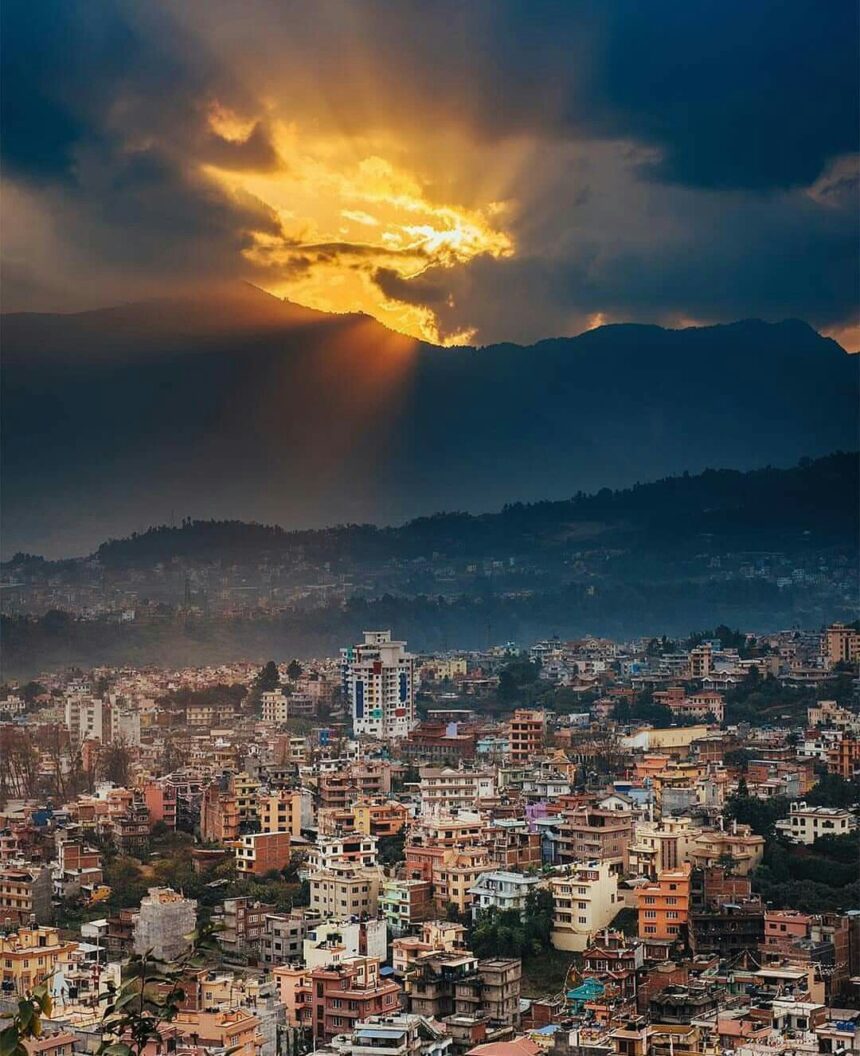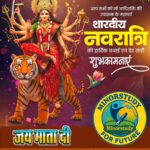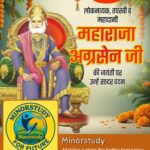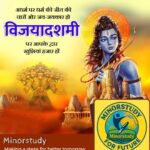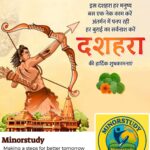Introduction
The Kathmandu Valley, Nepal’s cultural and historical heart, is a treasure trove of temples, palaces, stupas, and ancient streets. Known as the “City of Temples”, it combines rich history, vibrant culture, and stunning architecture in every corner.
- Introduction
- History of Kathmandu Valley
- Fascinating Facts About Kathmandu Valley
- Timeline of Kathmandu Valley
- Significance of Kathmandu Valley Sightseeing
- 1. Cultural Significance
- 2. Religious Importance
- 3. Tourism & Economy
- 4. Educational Value
- 5. Environmental Awareness
- Observance & Cultural Activities
- Wishing in Kathmandu Valley
- Daily Life Impact
- FAQs About Kathmandu Valley Sightseeing
- Important Tips for Sightseeing
- Importance in Society
- Conclusion
For travelers seeking cheap vacation ideas with cultural immersion, Kathmandu Valley sightseeing offers affordable exploration of heritage sites, local markets, and spiritual experiences. From Boudhanath Stupa to Patan Durbar Square, every site tells a story of Nepalese civilization, art, and religious harmony.
This guide explores history, fascinating facts, timeline, significance, observance, wishing, FAQs, daily life impact, and societal importance, written in a human-friendly, immersive style.
History of Kathmandu Valley
Ancient Civilization: The valley has been inhabited for over 2,000 years, with a history of Newar, Malla, and Shah dynasties shaping its architecture and culture.
Religious Development: Hinduism and Buddhism flourished side by side, leading to temples, stupas, and monasteries across the valley.
Medieval Architecture: The Malla period (12th–18th century) saw the construction of palaces, courtyards, and intricate carvings.
Modern Era: Kathmandu Valley has become a UNESCO World Heritage Site, recognized for its cultural and architectural significance.
Fun Fact: Kathmandu Valley contains seven UNESCO World Heritage Sites, making it a hub for cultural tourism.
Fascinating Facts About Kathmandu Valley
Seven UNESCO Sites: Includes Kathmandu Durbar Square, Bhaktapur Durbar Square, Patan Durbar Square, Swayambhunath, Boudhanath, Pashupatinath, and Changu Narayan.
Cultural Diversity: The valley is home to Newars, Tamangs, Brahmins, and other ethnic communities, each with unique traditions.
Ancient Architecture: Wood-carved windows, pagoda-style temples, and courtyards reflect medieval artistry.
Festivals: Witness Dashain, Tihar, Indra Jatra, and Buddha Jayanti, celebrated with enthusiasm across the valley.
Religious Harmony: Hinduism and Buddhism coexist peacefully, with temples and stupas in close proximity.
Art and Craft: Renowned for thangka painting, pottery, metalwork, and woodcrafts.
Local Cuisine: Street food and traditional restaurants offer momo, dal bhat, sel roti, and Newari specialties.
Scenic Beauty: Surrounded by Himalayan foothills, providing breathtaking landscapes.
Tourist-Friendly: Offers guided tours, budget accommodations, and cultural experiences.
Timeline of Kathmandu Valley
Ancient Era: Settlements established; Newar culture flourishes.
12th–18th Century: Malla dynasty builds palaces, temples, and squares.
18th Century: Shah dynasty unifies Nepal; valley remains cultural hub.
20th Century: Modernization begins; tourism infrastructure develops.
2000s: UNESCO recognition strengthens conservation efforts.
Present: Kathmandu Valley attracts millions of visitors annually, blending history, spirituality, and modernity.
Significance of Kathmandu Valley Sightseeing
1. Cultural Significance
The valley preserves centuries-old traditions, festivals, art, and architecture, offering a window into Nepalese civilization.
2. Religious Importance
Home to major Hindu and Buddhist sites, including Pashupatinath Temple and Boudhanath Stupa, fostering spiritual learning and pilgrimage.
3. Tourism & Economy
Tourism sustains guides, hotels, restaurants, handicraft shops, and local transportation, benefiting communities.
4. Educational Value
Provides insight into history, art, architecture, and anthropology, enriching students, researchers, and travelers.
5. Environmental Awareness
Efforts to maintain clean streets, heritage preservation, and eco-tourism initiatives protect the valley’s cultural and natural resources.
Observance & Cultural Activities
Festivals: Participate in Dashain, Tihar, Holi, Indra Jatra, experiencing traditional rituals, dances, and music.
Religious Practices: Witness prayers, offerings, and rituals at temples and stupas.
Local Markets: Explore Thamel, Asan, Bhaktapur markets, discovering handicrafts, spices, and local products.
Cultural Workshops: Join cooking classes, pottery, and thangka painting workshops for immersive experiences.
Wishing in Kathmandu Valley
Visitors often engage in wishing rituals at stupas and temples:
🕉️ “May my journey bring wisdom, peace, and cultural understanding.”
🌸 “Wishing for harmony and prosperity for all living beings.”
🏔️ “May Kathmandu Valley inspire compassion, learning, and appreciation of heritage.”
These practices connect travelers to the spiritual essence of the valley.
Daily Life Impact
Kathmandu Valley sightseeing impacts locals, tourists, and society:
For Visitors: Offers cultural immersion, historical learning, and spiritual reflection.
For Locals: Generates income through tourism, crafts, restaurants, and guides.
For Society: Preserves heritage, promotes environmental consciousness, and strengthens cultural identity.
Students, historians, and travelers gain a deep understanding of Nepalese culture, art, and traditions.
FAQs About Kathmandu Valley Sightseeing
Q1: What are the must-visit sites?
A: Kathmandu Durbar Square, Patan Durbar Square, Bhaktapur Durbar Square, Swayambhunath, Boudhanath, Pashupatinath, Changu Narayan.
Q2: How many days are needed for sightseeing?
A: 3–5 days to explore major sites and experience local culture.
Q3: Is it suitable for budget travelers?
A: Yes, the valley offers affordable accommodations, local eateries, and free walking tours.
Q4: Can I hire guides?
A: Yes, licensed guides provide historical, cultural, and religious insights.
Q5: Are there photography opportunities?
A: Absolutely! The valley offers temples, streets, festivals, and mountain views perfect for photography.
Important Tips for Sightseeing
Respect local customs and dress modestly in temples.
Carry water, comfortable walking shoes, and sun protection.
Hire guides for enhanced historical and cultural understanding.
Explore early morning or late afternoon for less crowd and better light.
Try local foods, but check hygiene standards.
Importance in Society
Kathmandu Valley sightseeing serves as a cultural, economic, and educational hub:
Cultural Preservation: Maintains heritage architecture, festivals, and art forms.
Economic Support: Tourism sustains guides, hotels, restaurants, and artisans.
Educational Value: Offers insights into history, culture, and religion.
Spiritual Experience: Encourages reflection, mindfulness, and religious learning.
Community Pride: Strengthens identity, heritage awareness, and local cohesion.
Conclusion
Kathmandu Valley is not just a sightseeing destination; it is a living museum of history, culture, and spirituality. Affordable, vibrant, and culturally rich, it provides travelers with a deep connection to Nepalese heritage, traditions, and Himalayan beauty.
🕉️ Wishing for You: May your exploration of Kathmandu Valley inspire curiosity, appreciation, and a sense of wonder. Let each temple, stupa, and market street guide you toward cultural understanding and meaningful memories.

